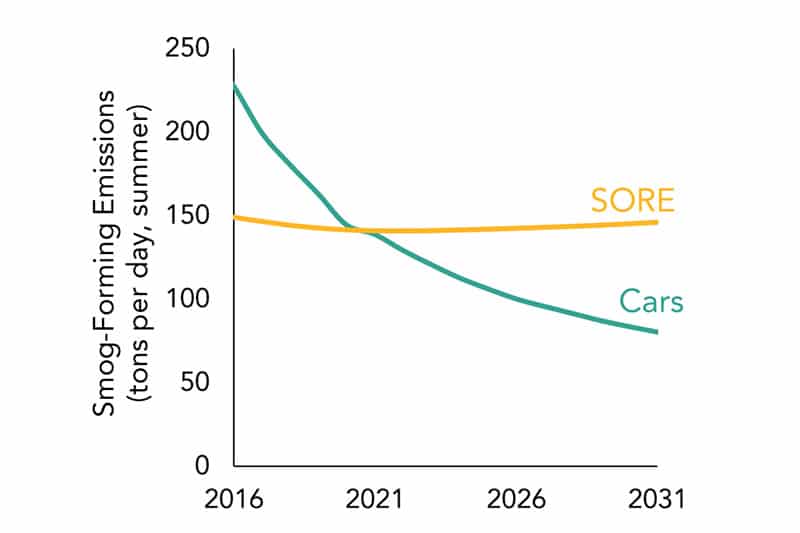California Innovative Technology Regulation: What It Means For Hybrid OEM’s.
HVIP has been an amazing program for the alternative fuels industry. The program is summed up nicely on the HVIP website as follows,
“The California Hybrid and Zero-Emission Truck and Bus Voucher Incentive Project (HVIP) is a unique and streamlined program to help speed the early market introduction of clean, low-carbon hybrid and electric trucks and buses. HVIP accomplishes this by addressing the biggest barrier to the purchase of medium- and heavy-duty advanced trucks: the high incremental cost of these vehicles in the early market years when production volumes are still low. All fleets are eligible, whether they’re public or private, large or small.”
HVIP rules are similar but not identical for OEM hybrids and zero-emission vehicles. Note, the A to B testing used to apply for the aftermarket exemption to VC 27156 should be sufficient here, along with fuel efficiency comparison data. However, once the ITR program is in place the aftermarket status will no longer be allowable and certification will be required for eligibility.
There are some hybrid OEM’s who are certified as an aftermarket exemption in California. They may be eligible for HVIP in 2016, but once the ITR process is in place (~ Sept 2016) HVIP will no longer recognize exemptions and true ITR certification will be required. For that reason, all hybrid manufacturers should be transitioning to the ITR process once it is made available. The California Air Resources Board has this to say about the program,
“One option being considered by staff (to address the hurdles currently imposed by OBD testing) would provide tiered ARB certification and OBD requirements for an innovative technology, providing targeted flexibility at market launch and early technology deployment stages, and reverting back to full ARB approval requirements once the technology achieves a market foothold. Specific certification and OBD flexibility provisions should provide manufacturers with a defined, predictable, and practical ARB approval pathway, while preserving ARB’s overarching objective to ensure expected emission benefits are achieved in-use. The Innovative Technology Regulation is scheduled for Board consideration in 2016.”
True to their word the proposed ITR program has hit the streets with quite a bit of momentum. A quick visit to the CARB website will provide you with materials from several public workshops that have been held on the subject. All signs are that it will come into effect sometime late in 2016.
For more information on the ITR program, HVIP or this article please contact specialist Brian Chisholm.


